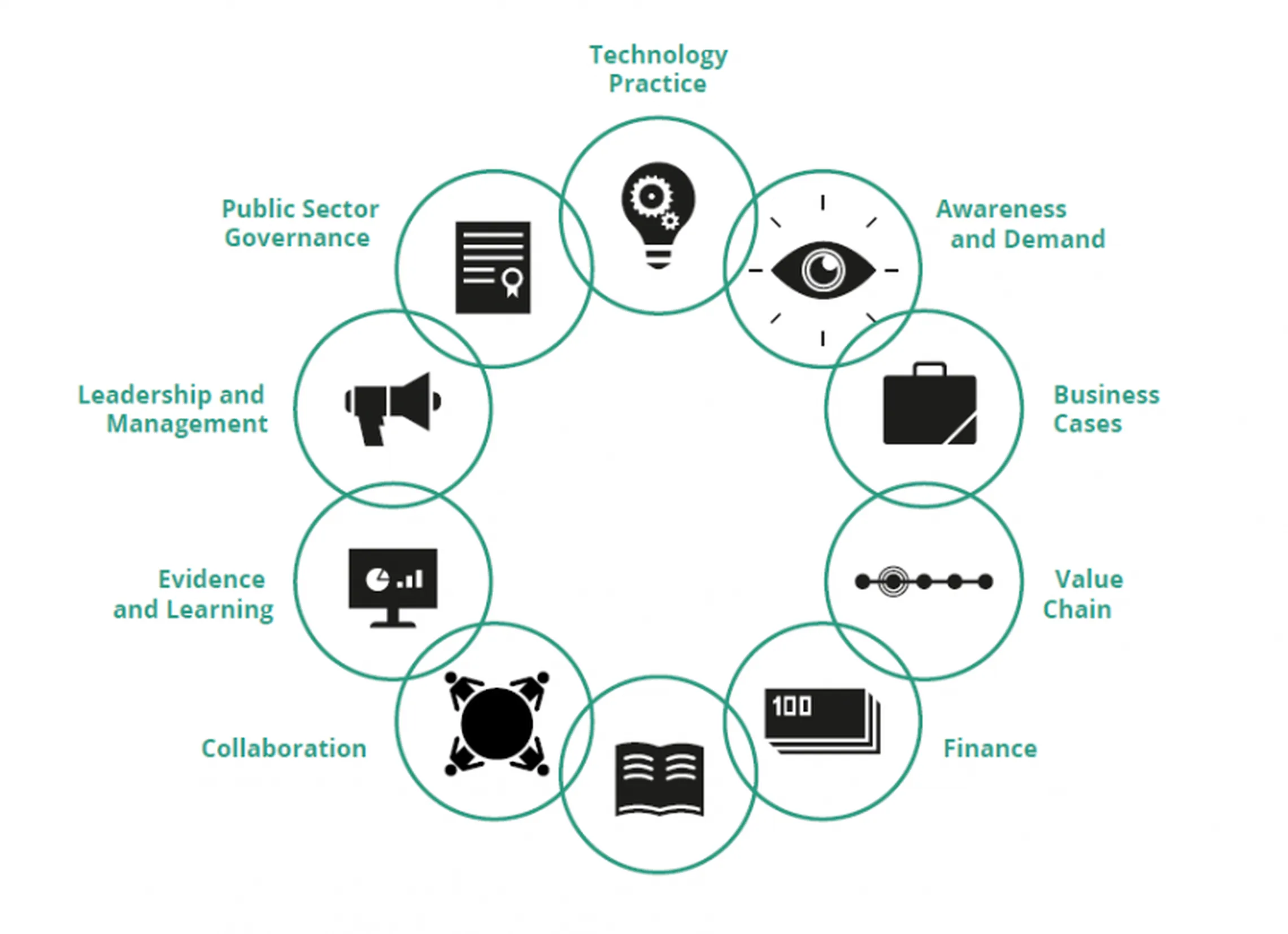Launching the Scaling Scan: a tool to determine the potential to scale impact

No one can deny that the Sustainable Development Goals (SDGs) are highly ambitious. Impact at scale is needed to address critical global issues like water availability, sanitation, food security, access to clean energy and environmental concerns. But at the same time we all seem to wonder what scaling actually means in practice: how can our policy or project activities contribute to reach impact at scale? Through our work with PPPLab, we got the opportunity to study what it realistically takes to scale, and developed a practical tool that helps projects to identify strengths and weaknesses of their scaling strategies.
It is all about the recipe: a right mix of ingredients
For the last two years, PPPLab has been unpacking the concept of scaling to make it more understandable and actionable. For this study, we simply asked successful projects: what do you do, when you scale? What we found, is that successful scaling is not only about scaling a specific technical innovation, but that most projects also pay attention to scaling of complementary non-technical requirements, such as awareness raising, financial arrangements to make the innovation affordable, public sector engagement, etc. In earlier publications, we summarized these dimensions in the ten ‘scaling ingredients’ as shown below.

With this insight, we wanted to develop a tool that helps development practitioners in adopting this broad view on scaling. We therefore used the ingredients framework as a basis for the Scaling Scan: a tool that helps to determine the potential to scale. The Scaling Scan is basically a self-assessment that helps scaling initiatives reflect on the extent to which all the ingredients are sufficiently addressed in their scaling strategy. Because after all, in order to make a good curry, we need to find the right mix and balance of ingredients to come to the best taste.
From a first idea to a strategy ready for implementation
Practically, the tool helps to fill the niche between having (at least) a general idea of what should scale where (for example, when a donor requests a proposal for disseminating an innovation) and having a detailed scaling strategy ready for implementation. The Scaling Scan is designed for anyone involved in pro-poor and sustainable development programs looking to scale impact.

A first version of the tool was tested in workshop settings in the Netherlands, Mexico, Kenya, India and Nepal with project managers, scientists, agricultural extension agents and other development practitioners working in the agrifood and water supply sectors. These test sessions provided valuable input which allowed us to make considerable improvements in the applicability, user-friendliness and usefulness of the final version of June 2018. This version was developed in cooperation with the International Wheat and Maize Improvement Centre (CIMMYT), an international research institute looking to scale technical innovations to improve farmers’ productivity.
Participants of the workshops indicated that they value the tool because it made them realise what it actually takes to scale in practice. In most cases, the outcome of the workshops served as a starting point for further discussions on how to improve scaling strategies. An example is SNV’s HortIMPACT in Kenya, where the Scaling Scan helped the project team to 1) identify key bottlenecks to scale, and 2) regain focus on the project’s contribution to wider sector change, rather than only focusing on building individual business cases. The tool is still used by the project team to monitor to what extent the weaknesses identified through the tool have been addressed.
Curious?
Are you involved in activities that aim to contribute to the SDGs, but struggling to scale impact? I invite you to try the tool by downloading the PDF version, or use the Excel version for workshop settings. I hope the Scaling Scan will provide you with meaningful insights in which ingredients need more attention to really reach scale; after all, creating a good curry requires more than a recipe, it asks for practicing and learning to find the right mix.